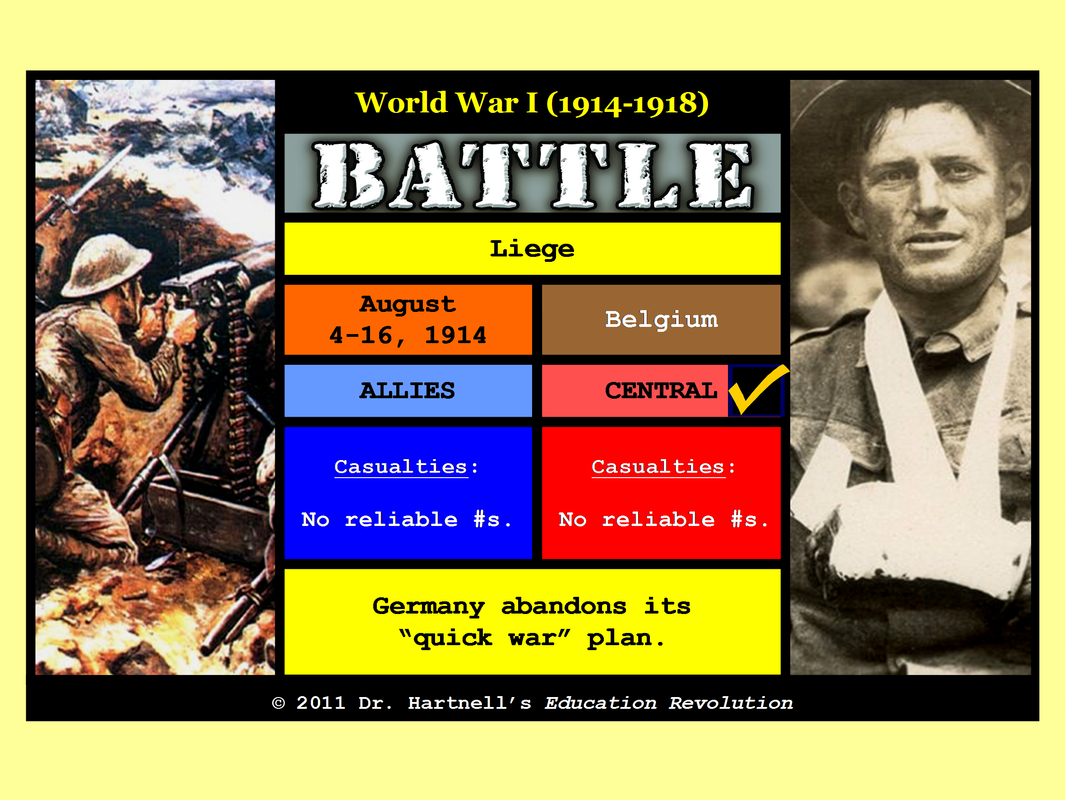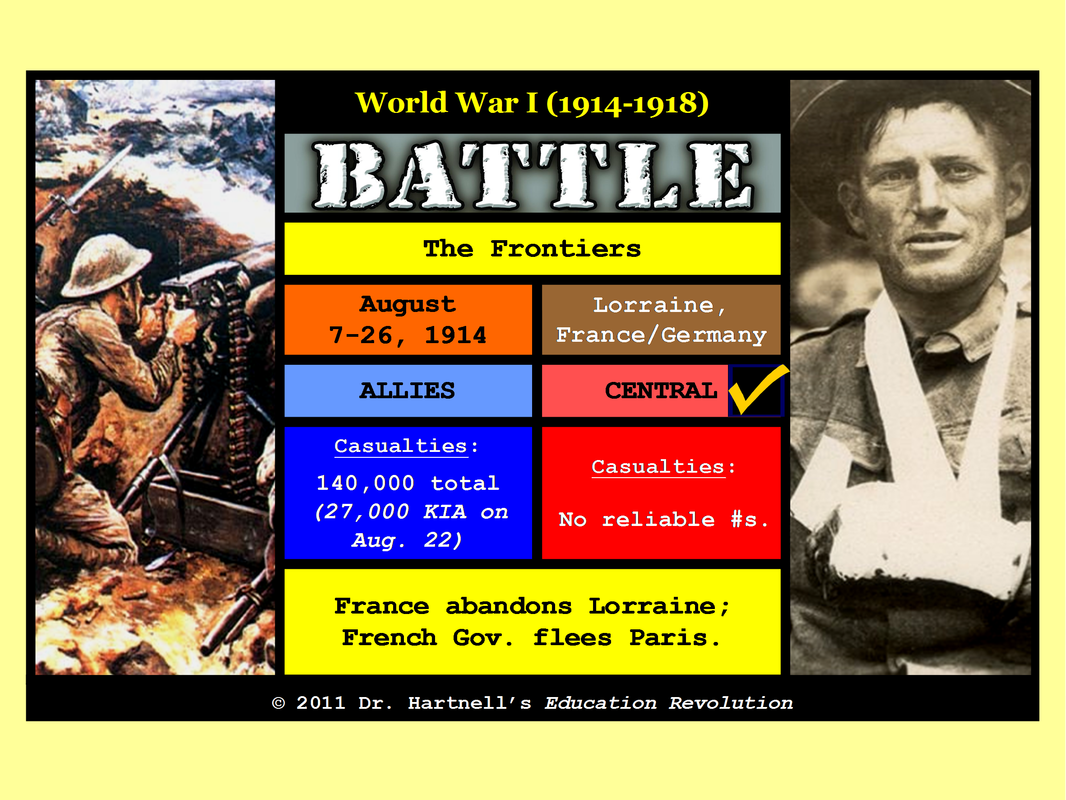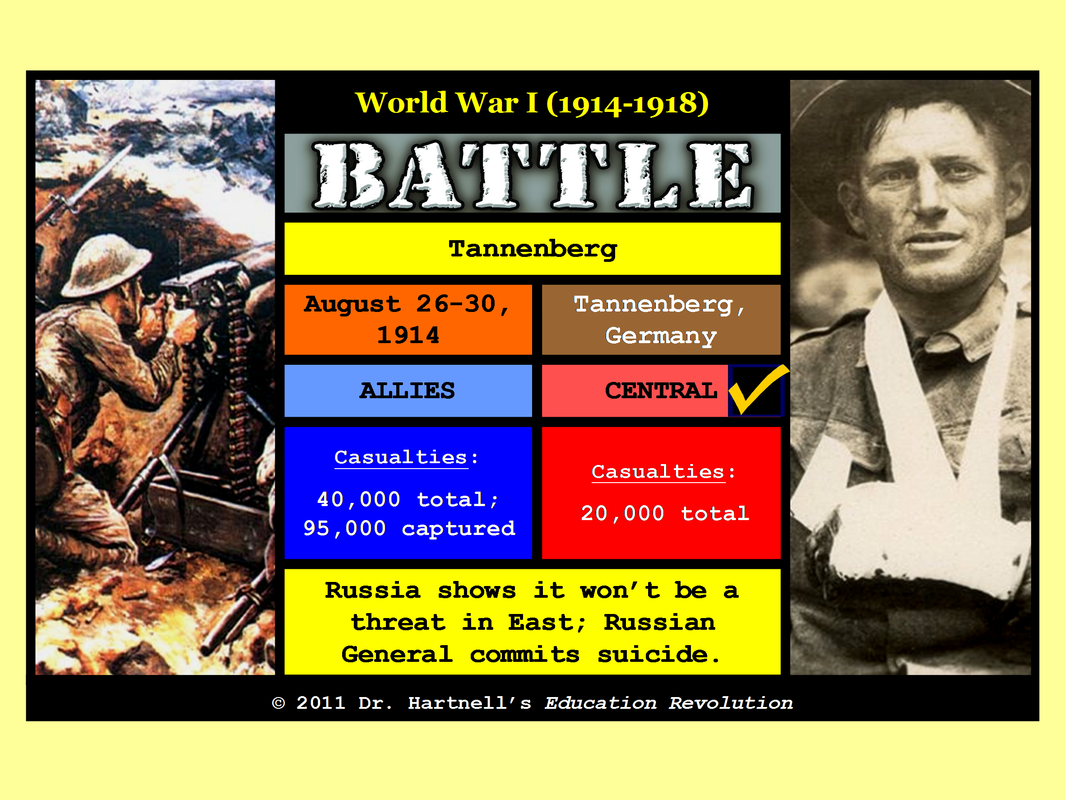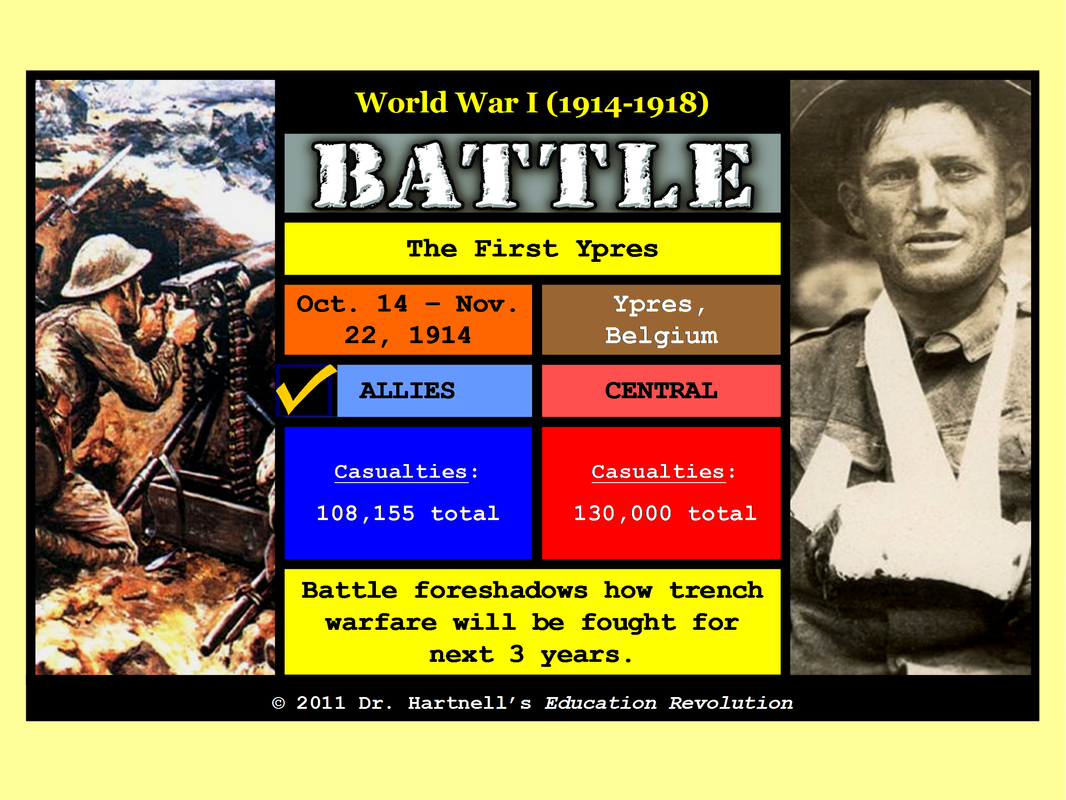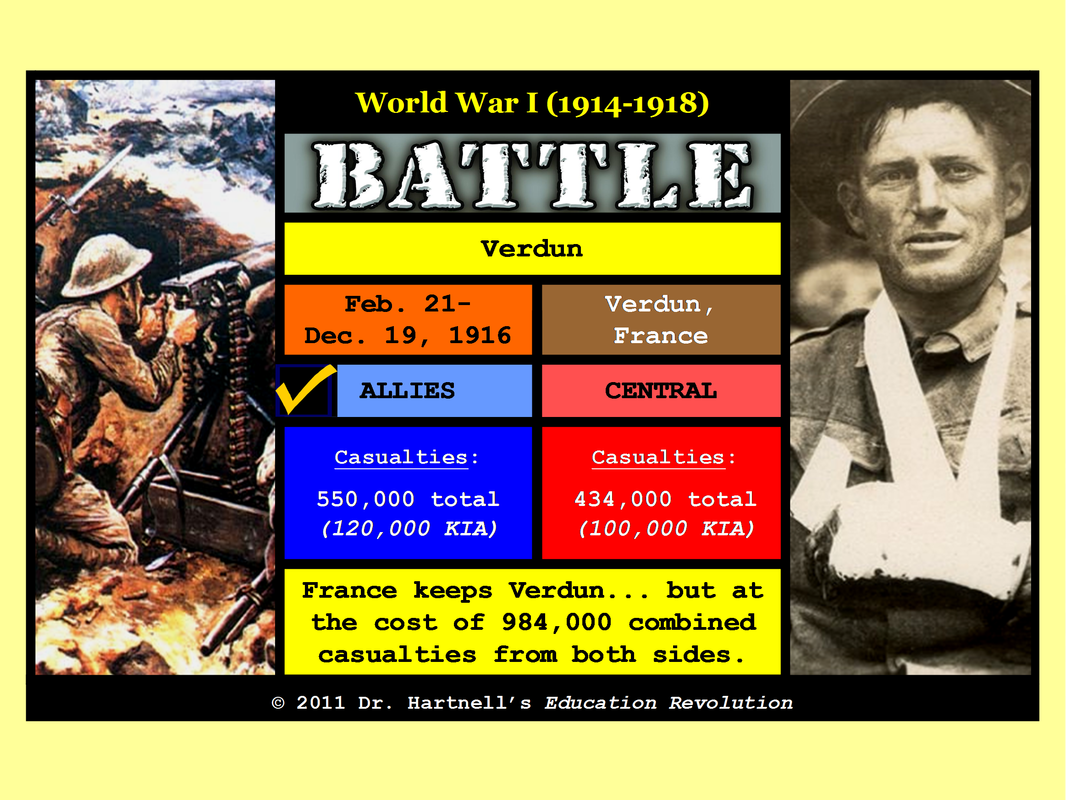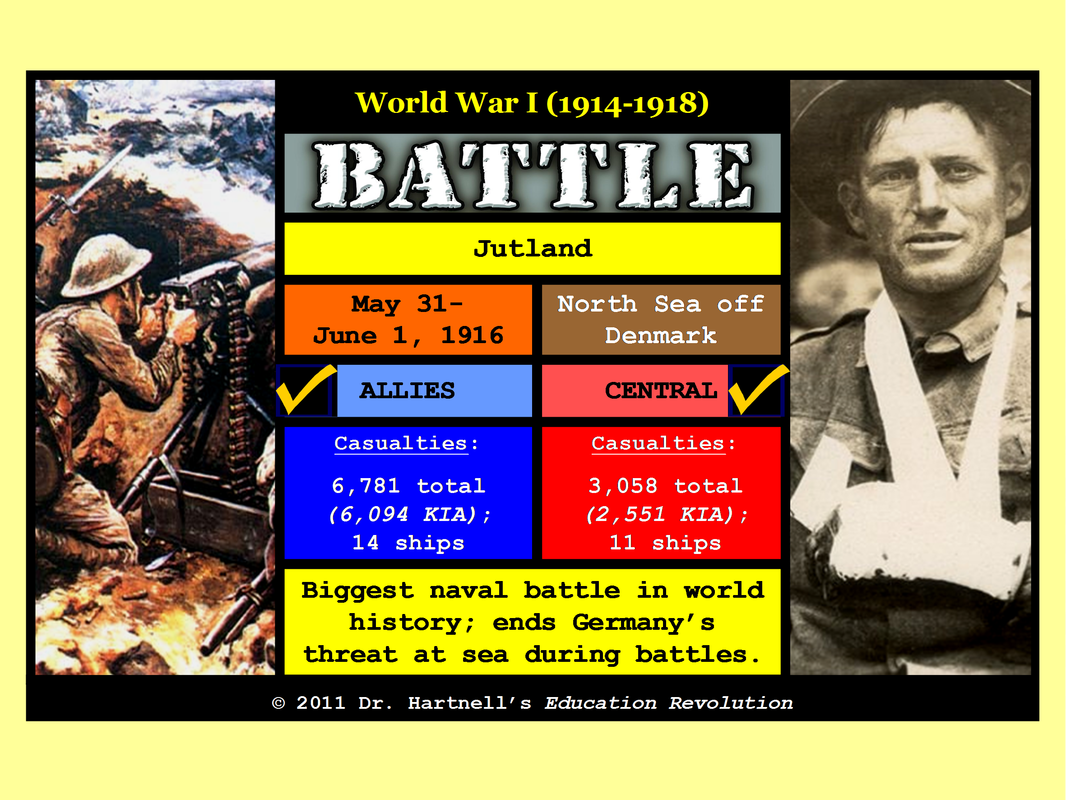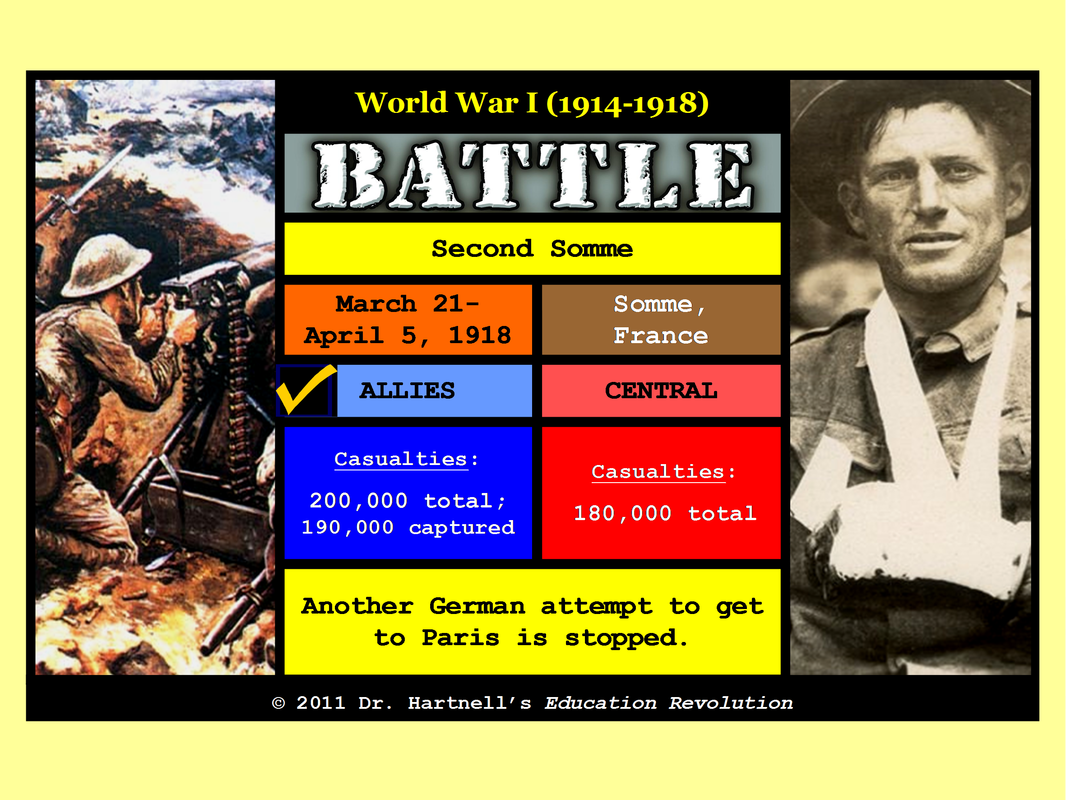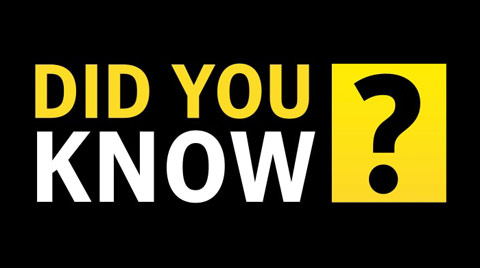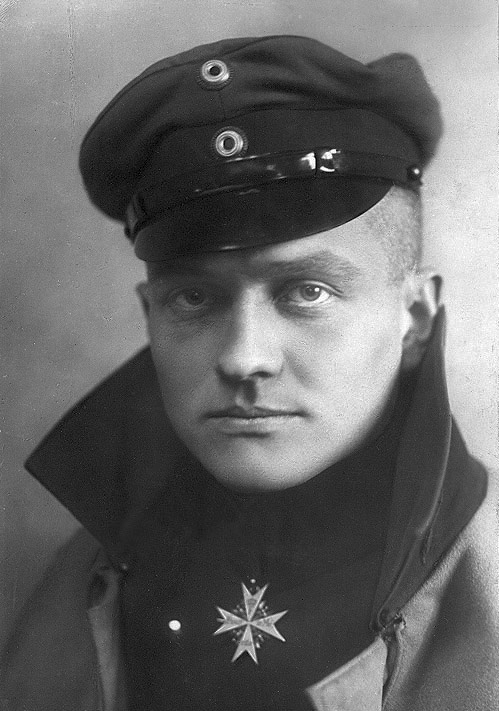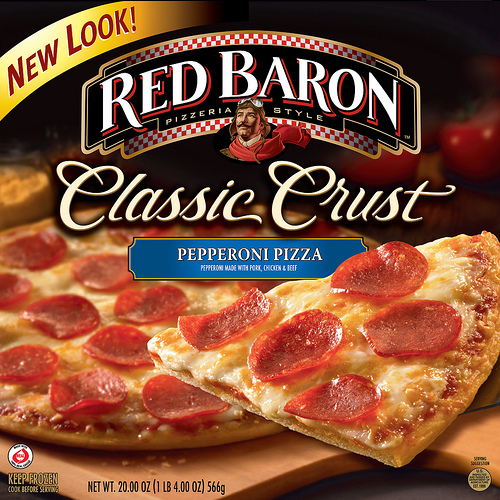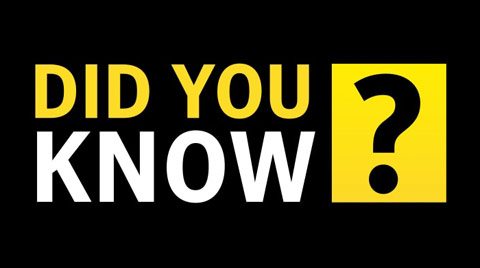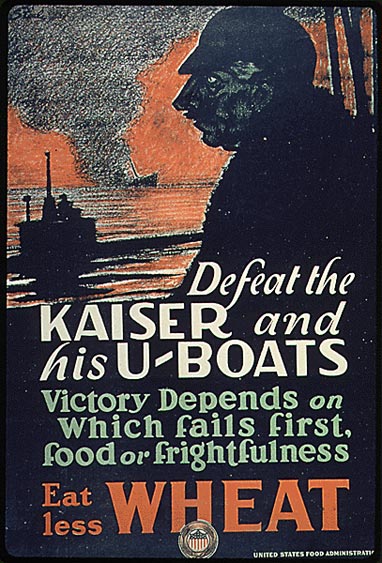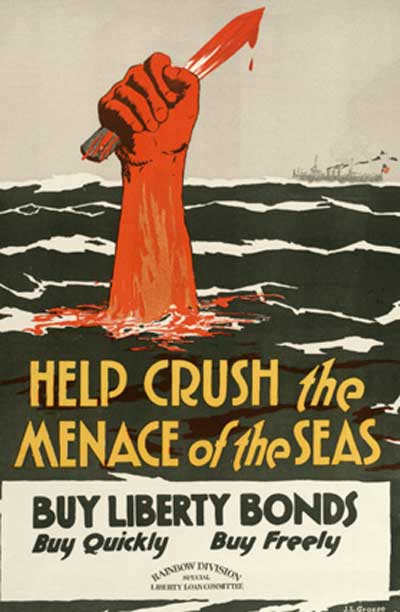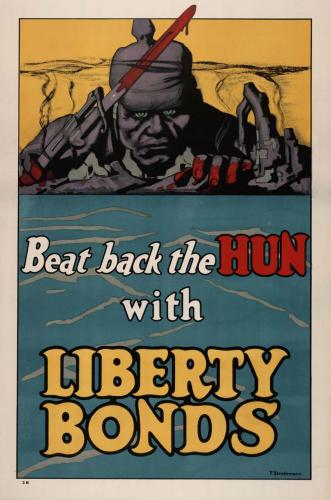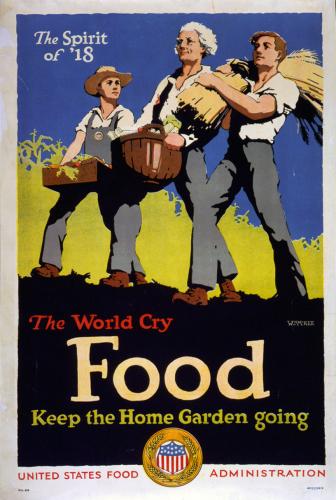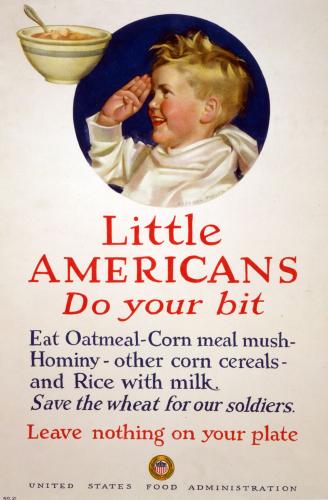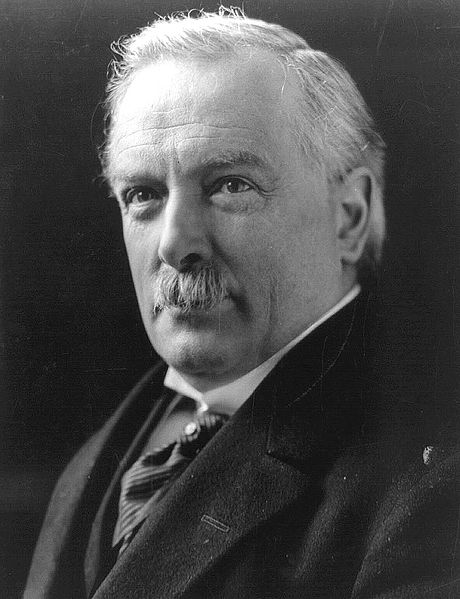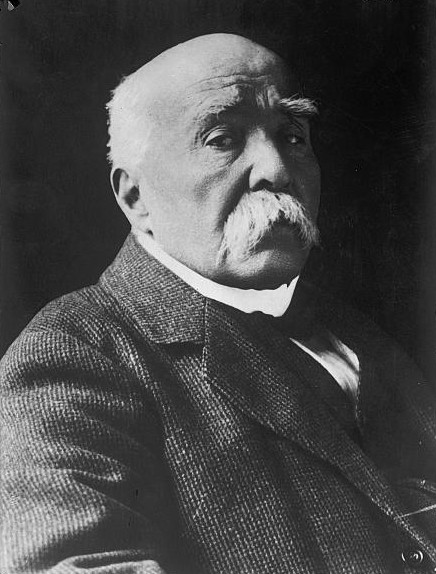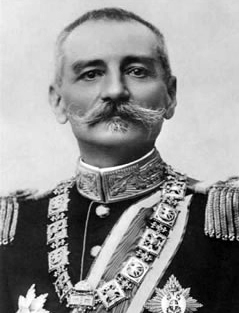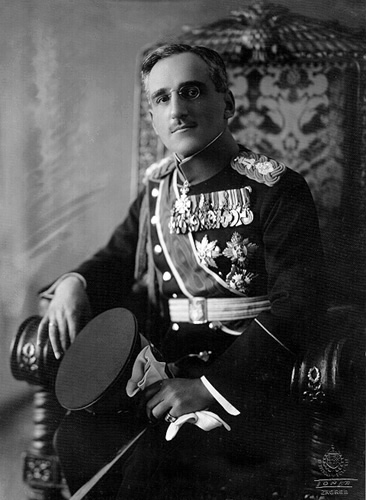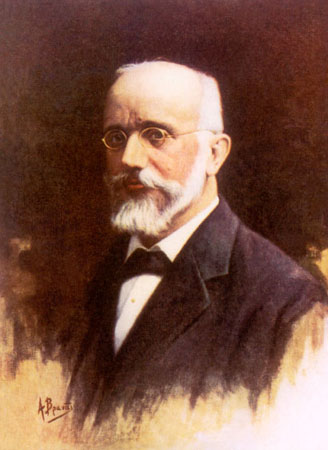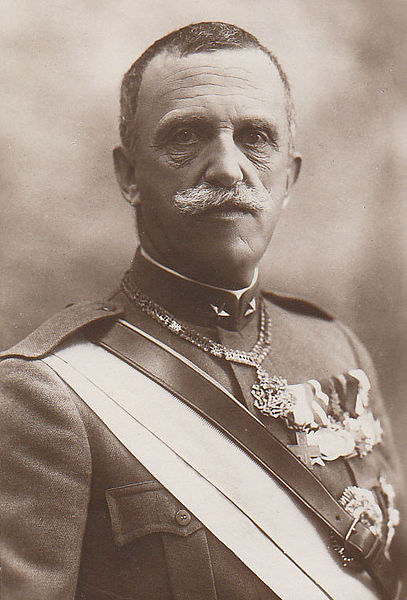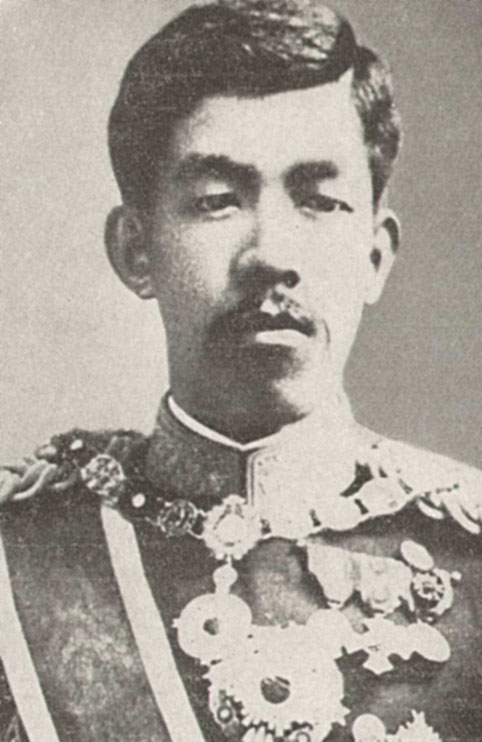Scramblin' thru... World War I Timeline
Information from Kenneth C. DavisJune 28thArchduke Franz Ferdinand is murdered in the city of Sarajevo, Bosnia by Gavrilo Princip. Using the assassination as a pretext, the Austro-Hungarian Government declares war on Serbia, its tiny southern neighbor, five days later. Russia begins to mobilize its troops in defense of Serbia.
August 1stAllied to Austria, Germany declares war on Russia. Two days later, Germany declares war on France.
August 4thBound by mutual defense treaties, England declares war on Germany as German troops invade Belgium on the way to France. The Battle of Liege begins. The picture below contains key information, casualty numbers, and the significance of the battle.
August 5thThe United States formally declares its neutrality and offers to mediate the growing conflict. In America, opinions are divided two ways: pro-Allies press for aid for England, France, and Belgium, who are depicted as victims of barbarous German aggression and atrocities; neutralists and pro-Germans (mostly German-Americans) both want the U.S. to avoid taking sides. Pro-Allies form the Lafayette Escadrille to join the French Air Force, while other Americans join the English Army and the French Foreign Legion or, like Ernest Hemingway, become ambulance drivers. Irish-Americans denounce any assistance to England.
August 6thGermany's ally, Austria-Hungary, declares war on Russia.
August 7thThe Battle of the Frontiers begins. The picture below contains key information, casualty numbers, and the significance of the battle.
August 23rdHoping to snag some of Germany's colonies in the Pacific, Japan declares war on Germany.
August 26thThe Battle of Tannenberg begins. The picture below contains key information, casualty numbers, and the significance of the battle.
August 28thThe Battle of Heligoland Bight begins. The picture below contains key information, casualty numbers, and the significance of the battle.
September 6thThe First Battle of the Marne begins. The picture below contains key information, casualty numbers, and the significance of the battle.
September 6thThe First Battle of Masurian Lakes begins. The picture below contains key information, casualty numbers, and the significance of the battle.
October 14thThe First Battle of Ypres begins. The picture below contains key information, casualty numbers, and the significance of the battle.
December 25thAn unofficial "truce" (later called the Christmas Truce) takes place along the Western Front when a temporary cease-fire allows troops from both sides the chance to celebrate Christmas.
January 28thThe William P. Frye, an American merchant ship carrying wheat to England, is torpedoed by a U-boat, the first such attack against American commercial shipping.
February 4thGermany declares the waters around the British Isles to be a war zone, threatening all shipping that approaches England.
March 10thThe Battle of Neuve Chapelle begins. The picture below contains key information, casualty numbers, and the significance of the battle.
March 18thThe Gallipoli Campaign begins. The picture below contains key information, casualty numbers, and the significance of the invasion.
April 22ndThe Second Battle of Ypres begins. The picture below contains key information, casualty numbers, and the significance of the battle.
May 1stThe American tanker Gulflight is sunk by a German U-boat. Germanyapologizes, but the ocean war escalates as the British call for a blockade of all German ports, despite President Woodrow Wilson's protest.
May 7thThe British liner Lusitania is sunk by a U-boat. Germany claims – reliably, it turns out – that the liner was secretly carrying weapons to the Allies. Of the 1,959 passengers, 1,198 died; 128 of them are Americans who had disregarded the warnings published by Germany in American newspapers to avoid passage on vessels carrying wartime cargoes. A diplomatic crisis follows, as Germany refuses to pay reparations or apologize for the attack. American public opinion tilts toward supporting the Allies.
July 2ndA German professor at Cornell University explodes a bomb in the U.S. Senate and shoots J.P. Morgan the next day. The captured professor commits suicide. A few days later, the head of German propaganda in the U.S. leaves a suitcase on a New York subway train. Inside is information about the existence of a German spy ring. It is found by the Secret Service and released to the press, further arousing anti-German sentiment.
July 25thThe American merchant ship Leelanaw, carrying flax, is sunk off the coast of Scotland by a U-boat.
November 7thThe Italian liner Ancona is sunk by an Austrian U-boat; 27 Americans die.
December 7thPresident Wilson requests a standing army of 142,000 and reserves of 400,000.
January 7thResponding to American pressure, Germany pledges to abide by international rules of naval warfare.
February 2ndA congressional resolution warns Americans to avoid travel on ships owned by the warring nations. In response, President Wilson declares that American rights must be protected.
February 21stThe Battle of Verdun begins. The picture below contains key information, casualty numbers, and the significance of the battle.
March 15thThe Army Reorganization Act is passed by Congress. Under this measure, the army will be brought to a strength of 175,000 and the National Guard to 450,000 by the end of June.
March 24thThree more Americans die when a French ship is torpedoed
in the English Channel, and public sympathies turn increasingly in favor of the Allied cause and against Germany. April 20thThe Easter Uprising begins. Organized with German assistance, the Irish rebellion is supposed to create a diversionary revolution in Ireland to distract English from the war in Europe. On Good Friday, April 21st, both a German ship delivering weapons to Ireland and a German U-boat carrying Sir Roger Casement to lead the uprising are captured by the English, who have discovered the plan through their intelligence reports. On Easter Monday, April 24th, the Citizen's Army strikes in Dublinwithout Casement's leadership of the expected weapons, and takes over several buildings. A few days later, British troops recapture Dublin and put down the rebellion. Casement is quickly tried and hanged, as are 15 of the rebels from Dublin. Seen as harsh "tyranny", the executions are a severe blow to British prestige in America, while the German involvement is overlooked. American sentiment for England falls to its wartime low.
May 31stThe Battle of Jutland begins. The picture below contains key information, casualty numbers, and the significance of the battle.
June 16thPresident Wilson is re-nominated by the Democrats under the slogan "He Kept Us Out of War", all the while preparing the nation for entrance into the war on the Allied side. Running on a platform of "Peace and Preparedness", he is nearly defeated by Charles Evans Hughes, a Supreme Court justice and former governor of New York. It takes a week after Election Day to confirm that Wilson has carried California and won re-election. As a referendum on war policy, the election confirms that Americans want to stay OUT of the conflict.
July 1stThe First Battle of the Somme begins. The picture below contains key information, casualty numbers, and the significance of the battle.
January 22ndIn a speech to Congress, President Wilson calls for a league of peace, an organization to promote the resolution of conflicts. But neither side is willing to agree to negotiations while holding on to the prospect of victory.
January 31stHaving rapidly built its submarine fleet to over 100 U-boats, Germany resumes unrestricted submarine warfare, believing it can starve the Allies into submission in six months.
February 24thIn what will become known as the Zimmermann Telegram incident, the English Secret Service intercepted a telegram from German Foreign Minister Arthur Zimmermann to the German ambassador in Mexico, attempting to incite Mexico to join Germany's side in the event of war with the United States. In return, Germany promises to help Mexico recover Texas, New Mexico, and Arizona. After the telegram is released, there is an angry public outcry over what is considered Germany treachery.
February 26thAfter asking Congress for permission to arm merchant ships, Wilson is told by his Attorney General that he already has that power. Knowing this, he issues the directive on March 9th.
March 15thCzar Nicholas II of Russia is forced to abdicate after the Russian Revolution. The U.S. Government recognizes the new Provisional Russian Government.
March 12th-21stFive more American ships are sunk, all without warning.
April 2ndWilson asks Congress to declare war on Germany, saying the world must be made safe for democracy. His speech is met with wild applause, and Congress overwhelmingly approved war on April 6th.
May 18thThe Selective Service Act is passed, authorizing the registration and drafting of males between the ages of 21 and 30. (The U.S. Supreme Court later rules that the U.S. Government had the right to draft soldiers due to its Constitutional power to declare war and raise and support armies.) General John J. "Black Jack" Pershing will lead the first contingent of Americans, called the American Expeditionary Force, to France on June 24th. The Rainbow Division, under Colonel Douglas MacArthur, will reach Europe on November 30th.
June 15thThe Espionage Act is passed by Congress, presumably to prevent spying. However, it is used chiefly to silence American critics of the war. A year after its passage, Eugene Debs, the Socialist leader and former Presidential candidate, is arrested and sentenced to 10 years in prison for making a speech that "obstructed recruiting". (Debs actually ran for President again in 1920... from jail... and was eventually pardoned by President Harding after serving 32 months.)
July 4thThe first military training field for airman opens. At the outset of war, the army has 55 planes; by war's end there were nearly 17,000 planes in service.
July 31stThe Third Battle of Ypres begins. The picture below contains key information, casualty numbers, and the significance of the battle.
November 6thThe Provisional Russian Government is overthrown by the Bolsheviks (Communists), who make peace with Germany in March 1918. The U.S. denies recognition of the new government.
November 20thThe Battle of Cambrai begins. The picture below contains key information, casualty numbers, and the significance of the battle.
December 7thThe U.S. declares war on Austria-Hungary.
January 8thPresident Wilson gives his "Fourteen Points for Peace" speech. The speech outlines a generous and liberal attempt to settle the war. The last of the point forms the nucleus of the League of Nations (a precursor to the United Nations). Allied reaction is lukewarm. French Prime Minister Georges Clemenceau says the Fourteen Points "bore him" and adds "Even Almighty God has only 10."
March 21stThe Second Battle of the Somme begins. The picture below contains key information, casualty numbers, and the significance of the battle.
July 15thThe Second Battle of the Marne begins. The picture below contains key information, casualty numbers, and the significance of the battle.
August 15thOver 10,000 American troops join in a Japanese invasion of Russian territory, occupying Vladivostok and some of Siberia. American troops become involved in the internal fighting as they join the "White Russians" (anti-Communists) in the fighting against the Bolsheviks, and more than 500 Americans die fighting in Russia.
September 12thThe Battle of Saint-Mihiel begins. The picture below contains key information, casualty numbers, and the significance of the battle.
September 26thThe Meuse-Argonne Offensive begins. The picture below contains key information, casualty numbers, and the significance of the offensive.
October 3rdGermany forms a parliamentary government as the army collapses and the navy revolts. Germany's leader, Kaiser Wilhelm II, is forced to abdicate. Germany begins drafting peace propositions based on Wilson's Fourteen Points.
October 30thAustria-Hungary asks Italy (of the Allies) for a truce; Italy accepts; Austria-Hungary surrenders on November 4th.
November 11thGermany signs an armistice treaty at 5:00am, and six hours later, at the "eleventh hour of the eleventh day of the eleventh month", fighting ends. (For years, the day would be honored in America as Armistice Day, but in 1954, it was changed to Veterans Day, a Federal holiday honoring all Americans who have fought or served in the defense of the U.S.)
June 28thThe Treaty of Versailles is signed, under which Germany is required to admit guilt, return the rich Alsace-Lorrain region to France, surrender its overseas colonies, and pay reparations that total $32 billion (reparations won't be collected). Germany spent more than $100 billion to finance the war. Under the treaty, Germany rearmament is strictly limited, and the Allies take temporary control of the German economy. The League of Nations is accepted by all signatories, but a Republican-controlled U.S. Senate, left out of the treaty negotiations by Wilson, refuses to ratify the treaty. Without American participation, the League of Nations is doomed to pointlessness.
September 25thOn a cross-county tour to promote popular support for the Treaty of Versailles and the League of Nations, President Wilson suffers a stroke in Colorado. Only a few insiders are allowed to see him, including Wilson's wife, Edith (who literally makes Presidential decisions during his recovery). Wilson should have turned over the reins of government to his Vice President, Thomas Marshall, but doesn't. By November 1st, he is sufficiently recovered to appear in control once more. During his absence, the Senate has hardened against the treaty and refuses to ratify it. (The U.S. eventually signs the Treaty of Berlin in 1920.)
|
We've all seen the "I Want You" poster with Uncle Sam pointing at you. That poster, drawn by James M. Flagg, was first used in 1917 to help recruit men into the U.S. Army during World War I. It was again used in World War II. Flagg used a modified version of his own face for Uncle Sam, and veteran Walter Botts provided the pose. The poster was based on the original Lord Kitchener poster that was used in England in 1914.
During World War I, 21,480 U.S. Army nurses (military nurses were all women at that time) served in military hospitals in the U.S. and
overseas. More than 12,000 women enlisted in the U.S. Navy and Marine Corps, and about 400 of them died. The only country to use large numbers of female combat troops was Russia, who was in the midst of a revolution at home. After the abdication of Czar Nicholas II in 1917, the Russian Provisional Government created all-female combat units in a last-ditch effort to inspire the war-weary male soldiers to continue fighting the war. These "Women's Battalions of Death" fought well, but they failed to provide the "propaganda value" expected of them and were disbanded before the end of the war. (Just ask any Russian gymnast how high their government's expectations can be... now imagine what it was for a female soldier! Woah!) Manfred Albrecht Freiherr von Richthofen (1892-1918) was a German fighter pilot during WWI that is better known as the Red Baron. He is considered the top ace of that war, being officially credited with 80 air combat victories, more than any other pilot. Granted, his legacy was tarnished when he was shot down and killed on April 21, 1918 by... a Canadian named Wilfrid May of the Royal Air Force!
U.S. armed forces remained segregated through WWI. Still, over 350,000 African-Americans served with the American Expeditionary Force on the Western Front.
Most African-American units were largely relegated to support roles and did not see combat. Still, African-Americans played a notable role in America's war effort. One of the most distinguished units was the 369th Infantry Regiment, nicknamed the "Harlem Hellfighters" by the Germans for their persistence in battle. These Hellfighters were on the front lines for six months, longer than any other American unit in the war. Propaganda was used in WWI as in any war... and the truth suffered. Propaganda ensured that the people only got to know what their governments wanted them to know. In WWI, the lengths to which governments would go to blacken the enemy's name reached a new level.
As a result, all forms of information were controlled. Newspapers were expected to print what the government wanted the reader to read. They printed headlines that were designed to stir up emotions regardless of whether they were accurate or not... tippy toeing around the truth in such a fashion it'd make any yellow journalist proud. The following are examples of some propaganda used by both sides during WWI. The following are of some of the "key" players of WWI:
Allies
U.S. General John J. "Black Jack" Pershing is the only person to be promoted in his own lifetime to General of the Armies, which is the highest rank one could ever have in the U.S. Army. (A retroactive Congressional edict passed in 1976 promoted George Washington to the same rank but with higher seniority.) Because of his strictness and rigidity, Pershing was unpopular with many of his West Point cadets, who started calling him "N---er Jack" because he had been commander of the all-black 10th Cavalry (the famed "Buffalo Soldiers"). Over time, this nickname softened to "Black Jack". [Click the picture for a larger version.]
Central Powers |



